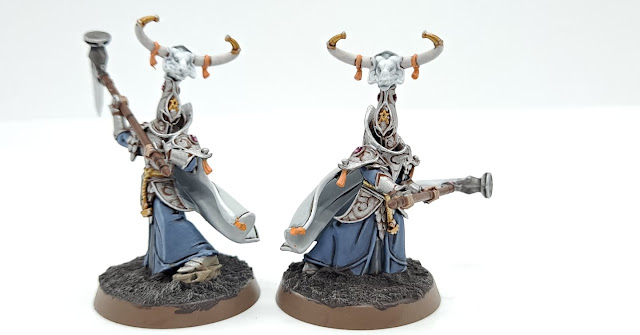Hi all its Neil here with another Casting Off post for Victory at Sea. This post will look at HMS Eagle, the first aircraft carrier for my Royal Navy fleet and some Swordfish for it to launch. I will also have a look at what HMS Eagle did in WW2, how aircraft carriers were used in WW2 and how I see their use in the game.
HMS Eagle is a aircraft carrier conversion from a battleship ordered by Chile from Great Britain before WW1. Britain purchased the part built battleship in 1918 for conversion into an aircraft carrier, which was finished in 1924. Eagle started WW2 in the Indian Ocean defending against commerce raiders before being transferred to the Mediterranean. Eagle was equipped with Swordfish torpedo bombers till 1940 due to fighter aircraft being assigned to the Royal Navy's more modern carriers. Eagle returned to the Indian Ocean and South Atlantic for a while before coming back to Med where she was sunk during Operation Pedestal.
In game, Eagle is a supporting carrier with only 5 aircraft flights but has reasonable armour and an armoured deck which means Eagle cares less about scouting for both launching aircraft and being in Deep Reserves. She also has a bit of a secondary battery to deter lone destroyers but its not a whole lot of firepower so Eagle shouldn't be closing voluntarily.
Aircraft Carriers in the game are very much an aircraft delivery tool able to bring aircraft as part of their points as well as rearm them in game as aircraft can make a single attack against a ship before being out of ammo. Carriers as standard get to put two flights on the board as the CAP (carrier air patrol) at the start of the game before any Scouting is done, with scouting they can put up half their flights or if you max out scouting points their whole airwing. In game they can launch or land a single flight or if on special orders they can do two launches or landings, which means that once you get above about 5 flights without scouting it will be hard to get all the flights in the air for use in the game. If you're putting in a true Fleet Carrier then you will want to invest in destroyers and light cruisers to scout as well as to screen the carriers.
To go with HMS Eagle, I have painted up the 4 Swordfish flights that came in the Royal Navy Starter Fleet box. These have been unfortunately disappointing models when compared with the ship models, being made of a kind of rubbery plastic rather than either hard plastic or resin. The bases do have a cool feature of a selector ring that allows the selection of the type of armament that flight has, so my Swordfish can be bombers, torpedo bombers or anti-submarine warfare planes. For the painting, I have gone with a blue stand like the bases of the ships with the planes being done in Castellan Green with Leadbelcher for the front, then washed Nuln Oil. As these are kind of tokens, I didn't give them much special attention for their paint job.
Aircraft in game are very fast with the slowest having nearly twice the speed of a destroyer. They also often carry either bombs or torpedoes for attacking enemy ships so can inflict damage and critical damage to any ship. You can also deploy aircraft as fighters to defend your ships against enemy attack aircraft which as these aren't one shot can be useful against a superior air attack.
This means that I've now painted up all the contents of the Royal Navy Starter Fleet box so I have a decent taskforce to game with but I do also have another ship ready to join the taskforce in HMS Hood which will be in my next Casting Off post. Additionally the full rulebook is coming soon (according to the countdown on the Warlord preorder page) so I'd like to do a more in-depth look at the game once the full game has been released properly. If you want to see WIP pictures of what I'm currently painting check out my Instagram. See you again soon for more Victory at Sea!











No comments:
Post a Comment